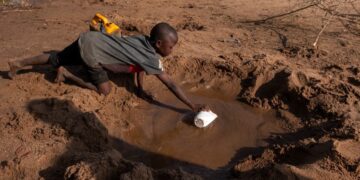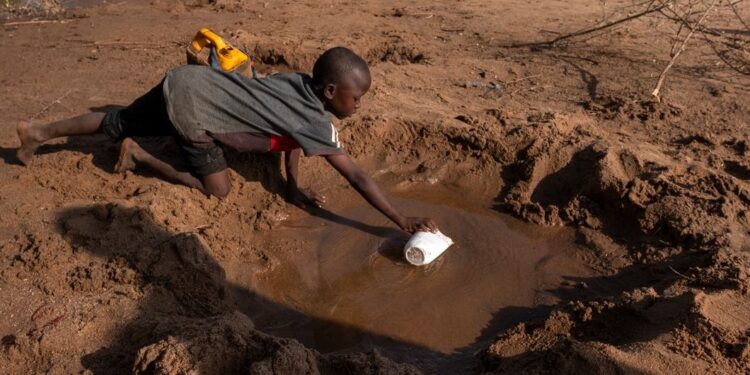By John Ikani
Africa is battling a surge of deadly cholera outbreaks, fueled by the continent’s relentless onslaught of extreme weather events.
Since late 2021, over 6,000 people have tragically lost their lives, and nearly 350,000 cases have been reported across Southern and East Africa.
This unprecedented crisis marks the worst cholera outbreaks on record for Malawi and Zambia, while Zimbabwe grapples with repeated waves of the disease.
Mozambique, Kenya, Ethiopia, and Somalia haven’t been spared either, all facing the devastating consequences of floods, droughts, or both.
Health officials, scientists, and aid organizations are raising the alarm about the undeniable link between extreme weather and the rise of infectious diseases.
“These outbreaks are exploding in size because extreme weather events are becoming increasingly common,” stated Tulio de Oliveira, a South African scientist specializing in diseases affecting developing nations.
De Oliveira, who played a key role in identifying COVID-19 variants, points to the devastating cyclones and floods that ravaged Malawi in late 2021 and early 2022.
These weather disasters played a crucial role in spreading cholera bacteria to previously unaffected areas.
Drought-stricken Zimbabwe and Zambia present another worrying scenario.
Desperate populations are forced to rely on unsafe water sources like boreholes, shallow wells, and rivers, all susceptible to contamination, leading to a spike in cholera cases.
Experts warn that Africa, already historically vulnerable, faces a heightened risk due to the combined forces of climate change and the El Nino weather phenomenon.
The World Health Organization (WHO) classifies cholera as a “disease of poverty,” thriving in environments lacking proper sanitation and clean water access.
This stark reality is reflected in the staggering death toll in Africa, exceeding the Middle East (second-worst affected region) by a factor of eight.
“Cholera doesn’t target countries with resources,” says Dr. Daniela Garone, the international medical coordinator for Doctors Without Borders (MSF). “Consequently, it doesn’t attract resources either.”
Billions have been poured into fighting diseases like polio and tuberculosis, primarily affecting low-income countries, due to their highly contagious nature and potential for outbreaks in wealthy nations.
However, that’s not the case with cholera, where epidemics typically remain localized.
To make matters worse, the WHO recently declared a “critical shortage” of oral cholera vaccines in the global stockpile.
Since the beginning of 2023, 15 African countries battling outbreaks have desperately requested 82 million doses, but only 46 million were available.
With a meagre 3.2 million doses remaining (well below the target reserve of 5 million), the consequences are already evident in the rising death toll.
While cholera outbreaks are ongoing in the Middle East, Americas, and Southeast Asia, Africa stands out as the region bearing the brunt of this devastating public health crisis.
The approval of a new cholera vaccine offers a glimmer of hope for boosting vaccine stocks, but the immediate need is to address the existing shortage and prevent further loss of life.


































